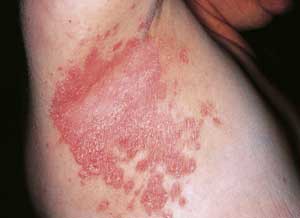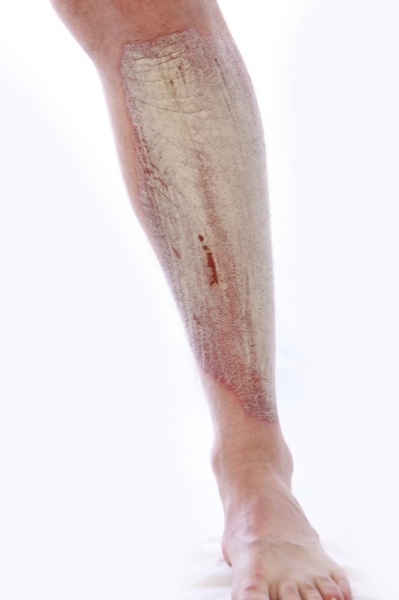What Does Psoriasis Look Like?
One good answer to the question, what does psoriasis look like, is that it all depends on the location on the skin. Each type of this skin condition will have differences in the way it appears, and even one type will not look the same on everyone. In most cases, the main physical manifestations of the condition include:
- Dry, silver-looking scaly skin
- Patches of red skin
- The skin of the joints can also become cracked
Scientists have no idea what causes this non-contagious skin condition. Flare-ups can be severe or mild and the look of the skin will also vary depending on how bad the breakout is. When mild, the lesions may not be very pronounced, and there will be very little itching.
When the condition is severe, there is physical discomfort such as pain and itchiness. For many people with this skin disorder, the psychological and emotional toll can be great.
If you have to answer to the question, what does psoriasis look like, you also need to explain that is also dependent on the ethnicity of the person.
People with darker skin tones will not have the redness characteristic to people with lighter skin tones. In fact, in people with dark skin, the plaque or patches will be dark or black rather than red.
Apart from the skin color of a dark person, hyper-pigmentation, which is common in people with darker skin, will make the lesions appear darker.
Therefore, a better question should be what does psoriasis look like in people of different races and skin color? While this skin condition is less common in African Americans, when they have it, it tends to be more severe than it is with Caucasians.
What Does Psoriasis Look Like

Understand Why the Dead Sea is Beneficial for Psoriasis
Types of Psoriasis
When answering the question of what psoriasis looks like; you also need to look at the types of psoriasis and the areas of the body it is affecting. For example, with pustular psoriasis, the lesions are really blisters that contain pus. Inverse psoriasis on the other hand, causes extremely red patches of skin and occurs mostly in the folds of the skin such as the underarm.
How to Improve the Skin
You can make the skin look better with some lifestyle changes in addition to whatever medication you are taking for the condition. Some of the things that you can do include:
- Have a soothing bath every day as this helps to reduce dryness. This also makes it easier to remove dry skin, which can help improve the way it looks.
- Moisturizing is also very important as this helps to make those areas of the skin where the condition is most obvious, look better
- Vitamin D also plays a role in the improvement of psoriasis, so exposure to some amount of sunlight is important. The use of sunscreen is also necessary to help protect the skin as well.
Taking these small steps will help to make the skin look better, and reduce itchiness and redness common to people with the condition.
In severe cases or when certain triggers such as stress make flare-ups worse, it is necessary to take medication in addition to the above to help in the control and treatment of psoriasis.
Another reason why it may be difficult to answer the question, what does psoriasis look like, is that it changes depending on the weather and the condition of your skin. When the environmental conditions promote excess loss of moisture from the skin, the appearance of the lesions will worsen.
The drier the skin, the more likely it is that the areas will itch leading to excessive scratching. This sometimes leads to the skin breaking which in some cases causes infection. In short, how psoriasis looks changes depending on many factors.
Symptoms and what does psoriasis look like




